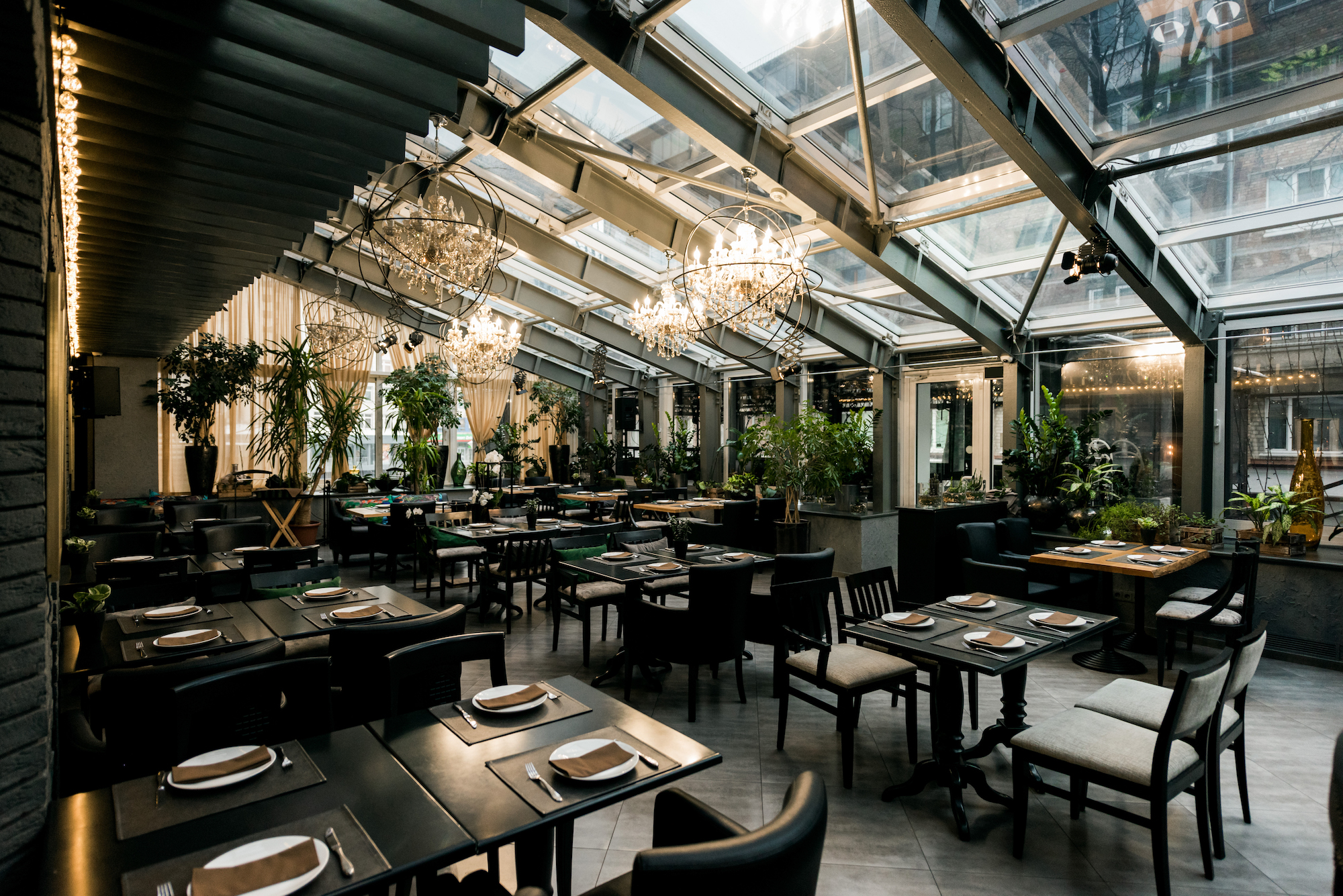
Navigating the turbulent waters of the restaurant industry requires resilience, adaptability, and a keen understanding of the market. In challenging times, restaurant survival becomes an art form, mastered by those willing to innovate and persevere. As restaurant owners grapple with fluctuations in the economy, changes in consumer behavior, and unforeseen circumstances, certain strategies can spell the difference between thriving and closing.
1. Agile Adaptation to Market Changes
Success in the restaurant industry often hinges on the ability to swiftly adapt to evolving market conditions. Whether it’s shifting consumer diets towards more health-conscious choices or a sudden demand for plant-based options, staying ahead means being flexible and responsive. It’s not just about reacting to change, but anticipating it. Implementing customer feedback systems and keeping a close eye on industry trends can position your restaurant to pivot effectively when necessary.
2. Robust Restaurant Marketing
Effective marketing goes beyond mere exposure; it’s about creating an emotional connection with your customers. In today’s digital age, a strong online presence with a well-maintained website, active social media profiles, and engaging content can set you apart. Tailor your marketing efforts to highlight your restaurant’s unique story, your commitment to quality, and your involvement in the community. These narratives build customer loyalty and can be the defining factor that keeps your tables filled.
3. Innovative Restaurant Promotions
Promotions are not just discounts; they’re opportunities to showcase the creativity and passion that goes into your restaurant. Whether it’s a ‘Chef’s Special’ night, a community event, or a seasonal menu, promotions should offer a new experience that intrigues and delights your patrons. By aligning these promotions with customer preferences and trends, you provide an irresistible reason for diners to choose your establishment over others.
4. Strategic Restaurant Expansion
Expansion, whether through physical locations, menu diversification, or extending service hours, must be pursued with strategic intent. It’s vital to conduct thorough market research, understand the local demographics, and evaluate the competitive landscape before making a move. This strategic approach ensures that when you do expand, it’s in response to a genuine opportunity for growth, not just a desire for increased visibility.
5. Financial Management and Cost Control
In tough economic times, the meticulous financial oversight can make all the difference. This includes optimizing your inventory to reduce waste, negotiating with suppliers for better rates, and employing technology to streamline operations. Training staff in cost-saving measures and energy efficiency can also contribute significantly to reducing expenses. By maintaining a lean operation, you can improve your restaurant’s resilience against the unpredictability of the industry.
6. Cultivating a Strong Team Culture
In the face of adversity, a restaurant’s team becomes its most valuable asset. A culture that celebrates collaboration, creativity, and mutual respect not only improves staff retention but also ensures that each team member is an ambassador for the restaurant. Regular team-building activities, transparent communication, and recognition of individual achievements can fortify this culture. Investing in your staff’s well-being reflects positively on customer service, as happy employees often lead to happy customers.
Invest in staff training programs that not only cover the operational aspects but also educate on the importance of customer experience. A well-informed staff can provide personalized service that turns a meal into a memorable experience for diners. Consider implementing incentive programs that reward staff for exemplary service, innovation, and teamwork.
7. Leveraging Technology for Efficiency
Technology can be a game-changer for operational efficiency in restaurants. From point-of-sale systems that streamline transactions to inventory management software that prevents wastage, the right technological tools can save time and money.
Embracing technology also extends to customer engagement through online reservations, mobile ordering, and delivery apps that cater to the convenience-driven consumer.
Incorporate customer relationship management (CRM) systems to personalize guest experiences, track preferences, and build loyalty. Use data analytics to understand dining trends and optimize menu offerings. Technology can also help in managing staffing levels more efficiently, reducing labor costs while maintaining service quality.
8. Diversifying Revenue Streams
Relying on a single income source can be risky, especially in tough times. Diversifying revenue streams can provide stability and growth. This could mean offering cooking classes, selling branded merchandise, or bottling your restaurant’s signature sauces. These additional streams can keep revenue flowing even when traditional dining experiences face challenges.
Look to the global market for inspiration. For example, cooking classes can be paired with cultural education sessions, where guests not only learn to prepare dishes but also gain insights into the cuisine’s origins. Offering subscription-based meal plans can create a steady income stream while providing convenience to your customers.
9. Building Partnerships and Alliances
Fostering relationships with other local businesses, such as farms, wineries, or artisanal food producers, can introduce new avenues for growth. Joint ventures like local food festivals or charity events can elevate your restaurant’s community profile and introduce your brand to new patrons. Moreover, partnerships with delivery services or online platforms can extend your reach to customers preferring dining at home.
Collaborate with food bloggers and influencers to create buzz around your restaurant. These partnerships can lead to feature articles, blog posts, or social media content that reach thousands of potential customers. Aligning with charitable causes or local community initiatives can also increase visibility and brand affinity.
10. Keeping a Pulse on Customer Sentiments
Understanding your customers’ needs and sentiments is vital. Regularly gather feedback through surveys, comment cards, or direct conversation. Use this data to make informed decisions about menu changes, service improvements, and overall customer satisfaction.
Utilize technology to analyze customer feedback from various channels. Responding to online reviews, both positive and negative, shows that you value customer input and are committed to continuous improvement. Use feedback to refine your menu, adjust service protocols, and ensure that your restaurant always exceeds customer expectations.
Conclusion: The Path Forward for Restaurant Survival
Restaurant survival in tough times isn’t about weathering a storm but learning to dance in the rain. It requires a mix of passion, innovation, and strategic thinking. By following these keys and staying committed to your vision, your restaurant can not only survive but thrive, regardless of the challenges it faces. As you continue to adapt and grow, remember that every decision should be made with the goal of enhancing the customer experience and solidifying your restaurant’s reputation as a resilient and beloved establishment.


Leave a Reply